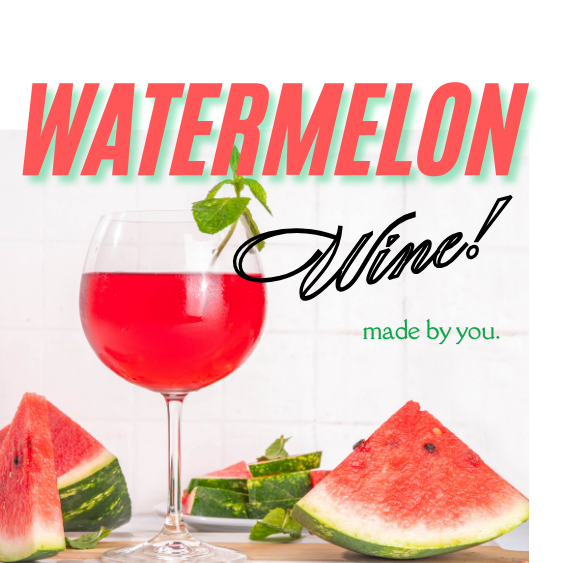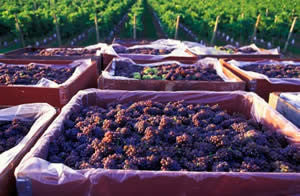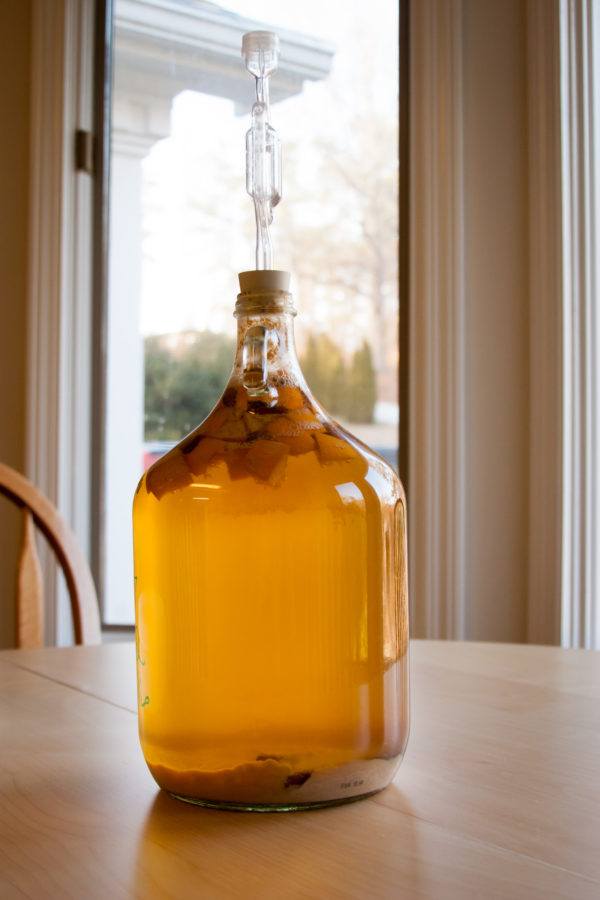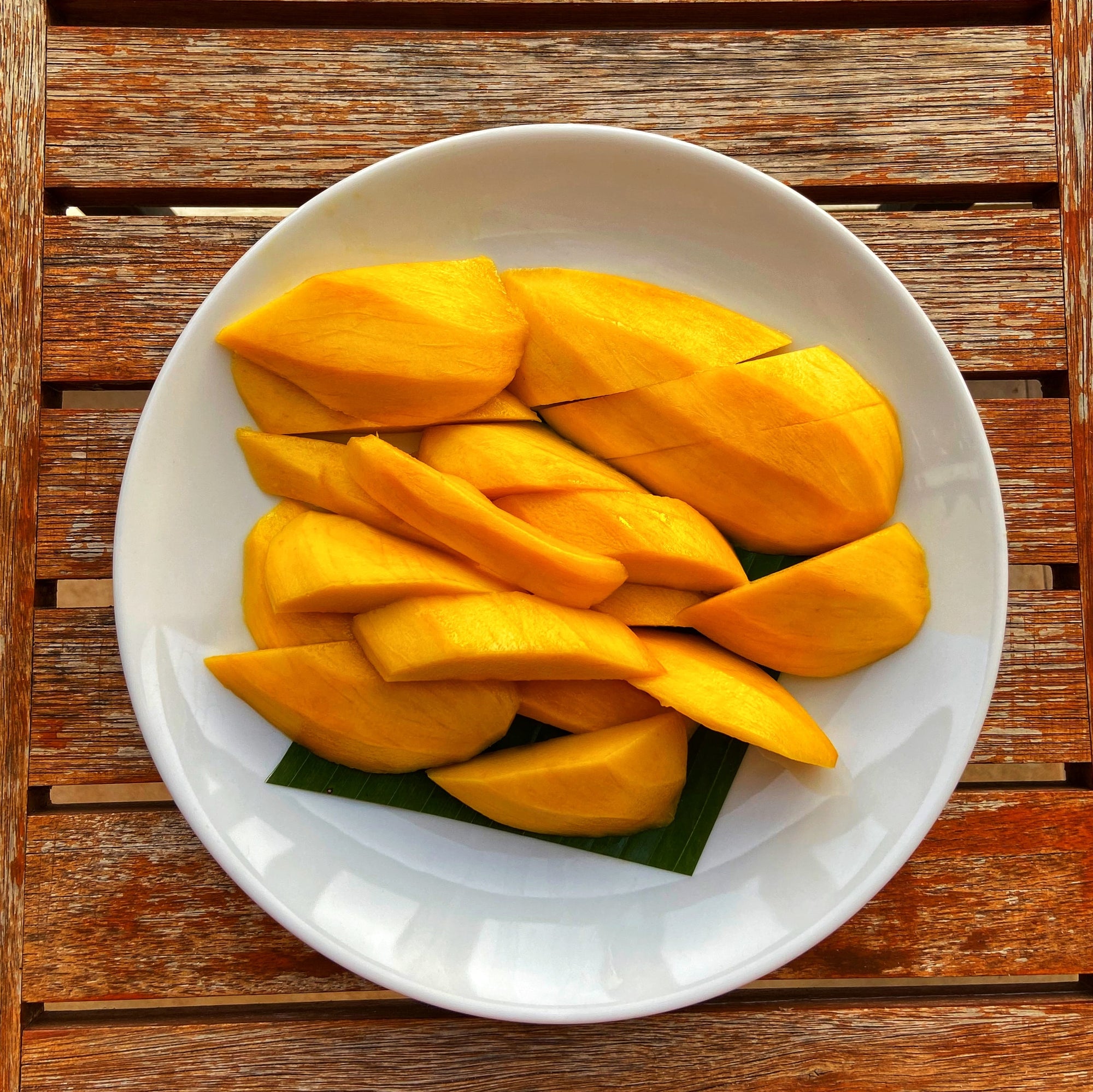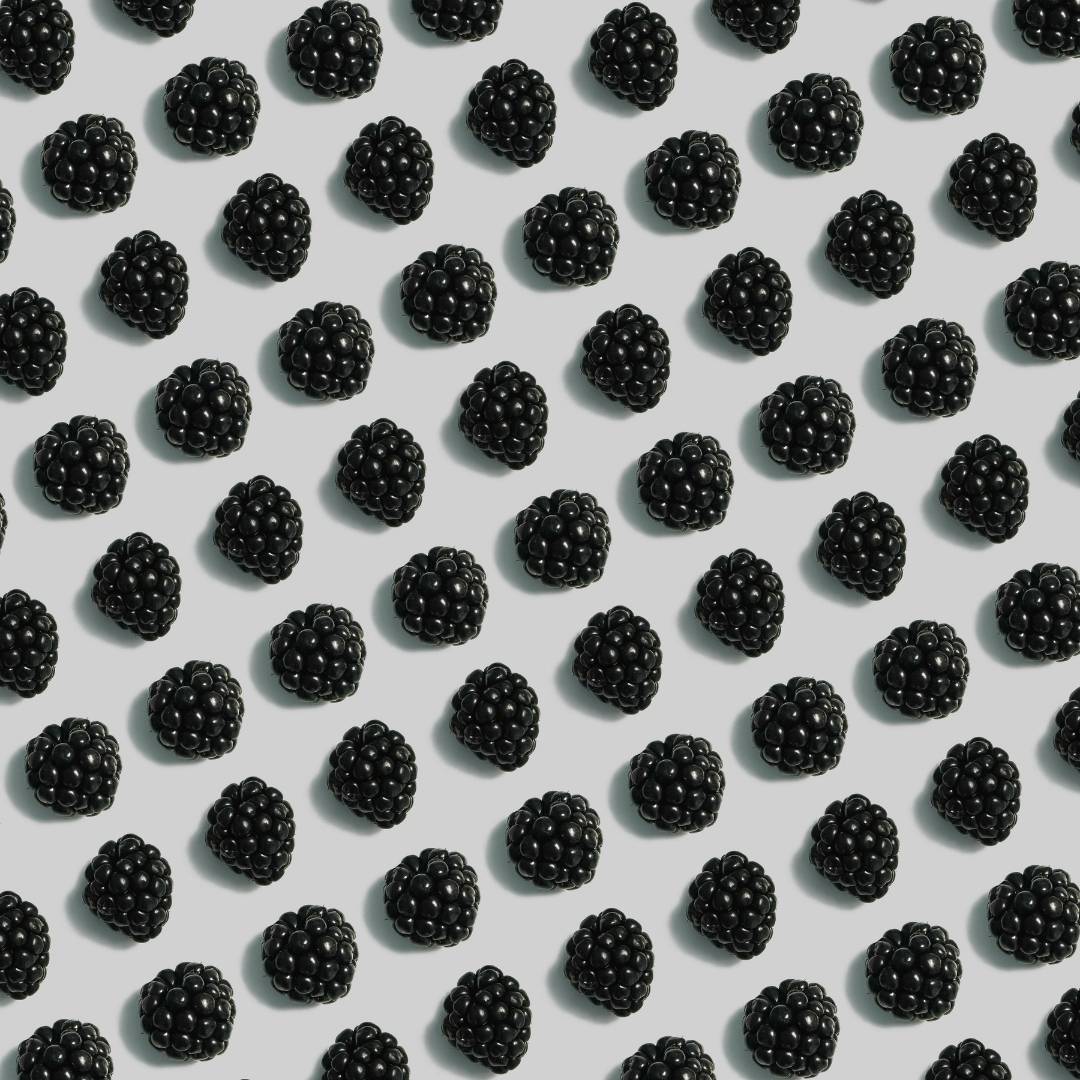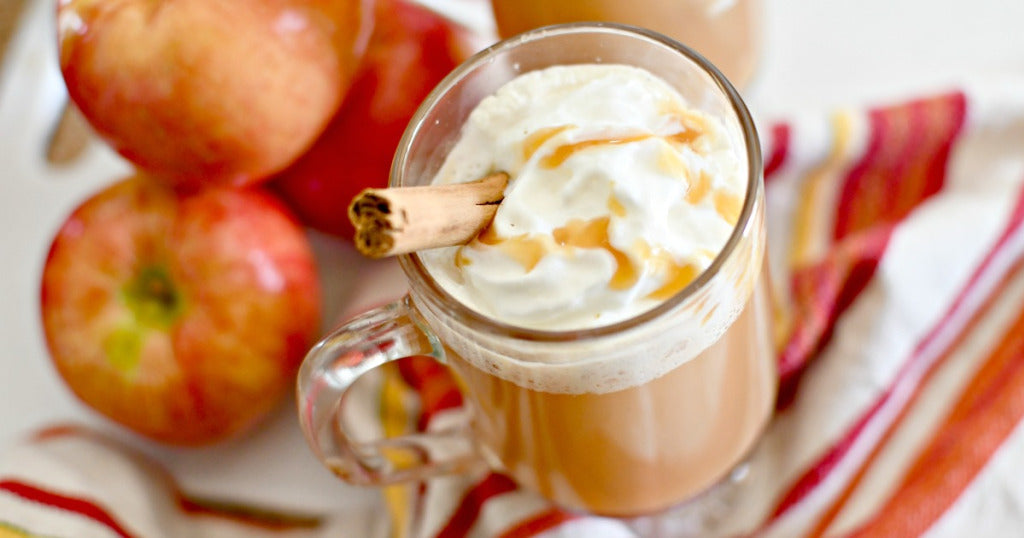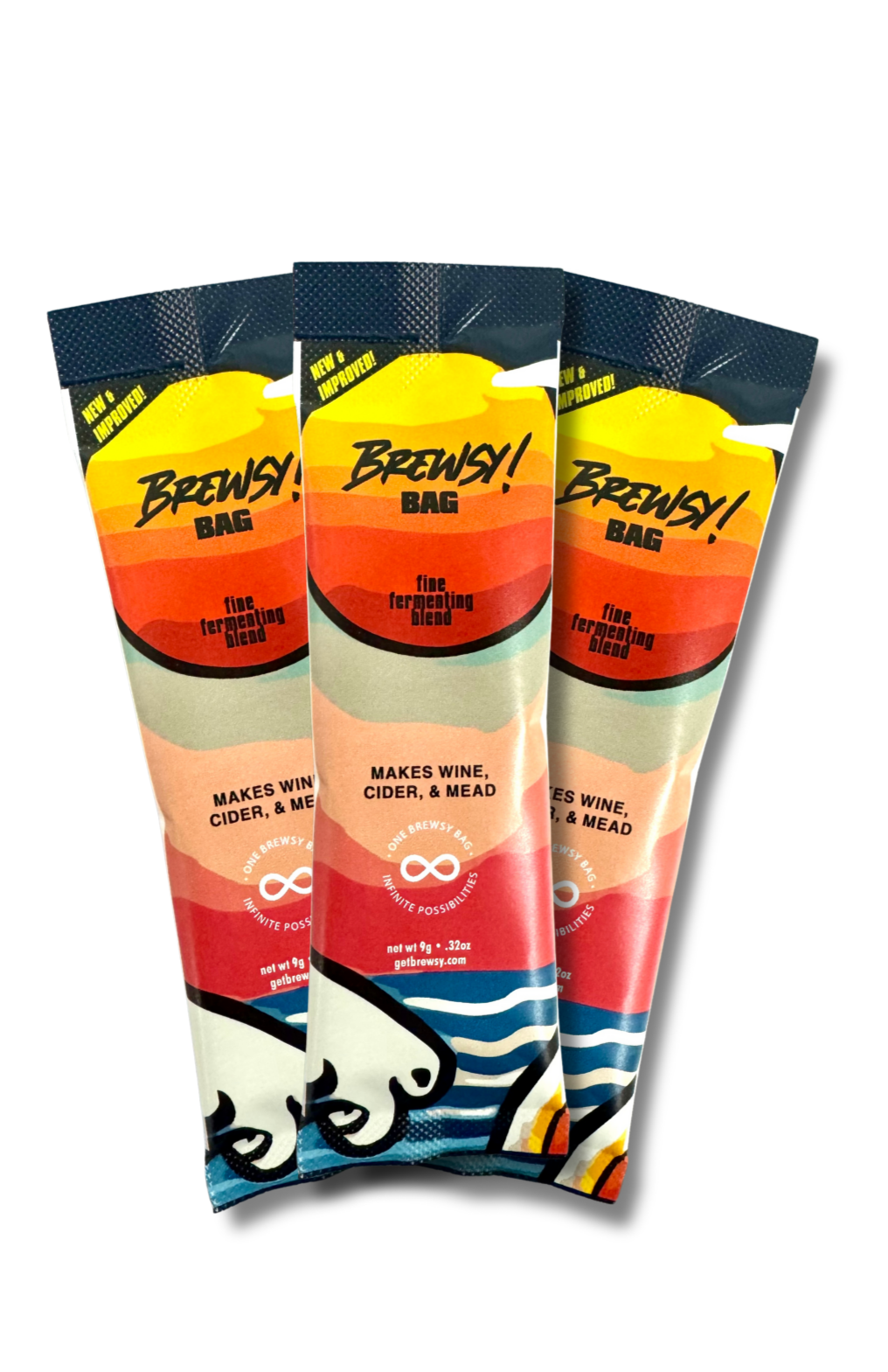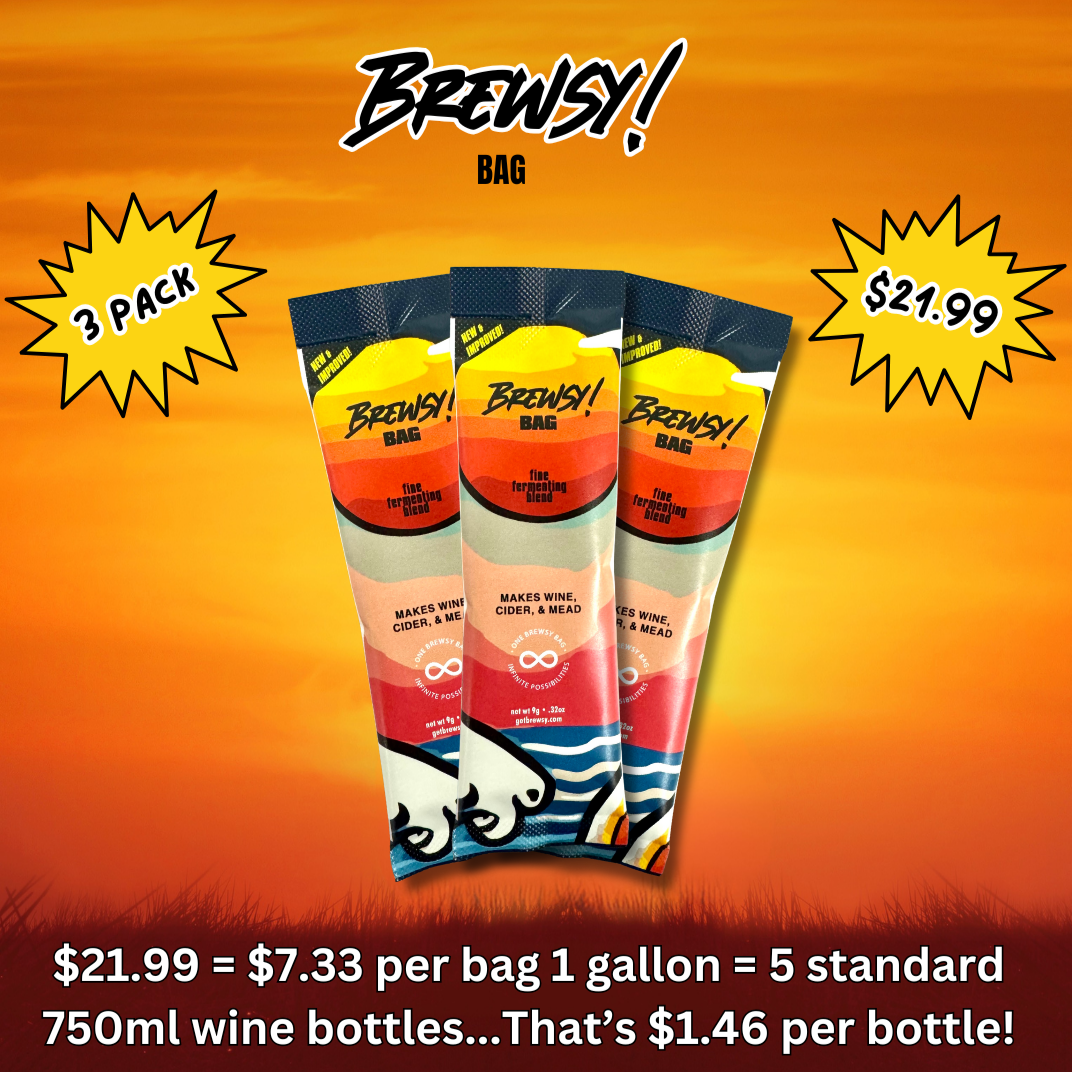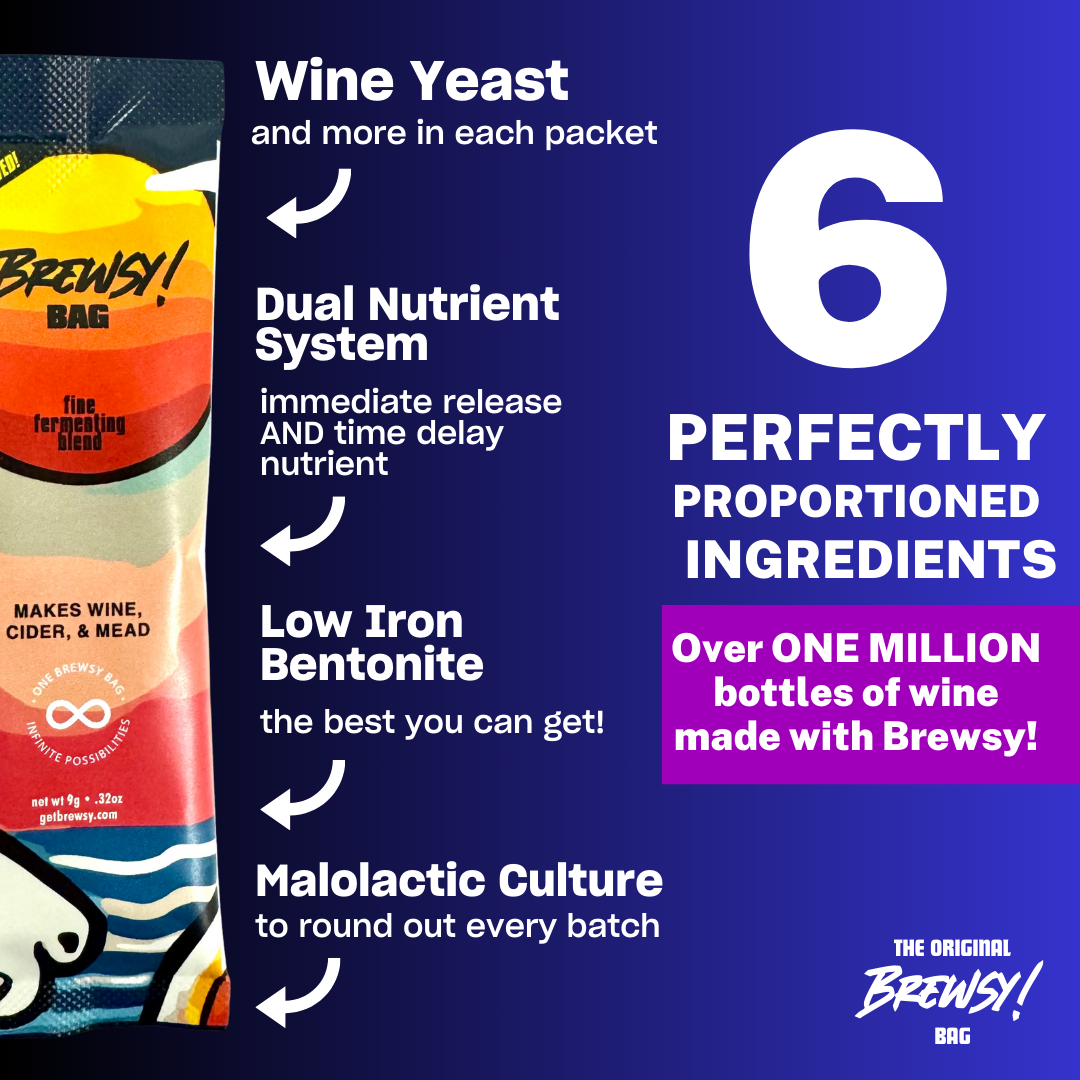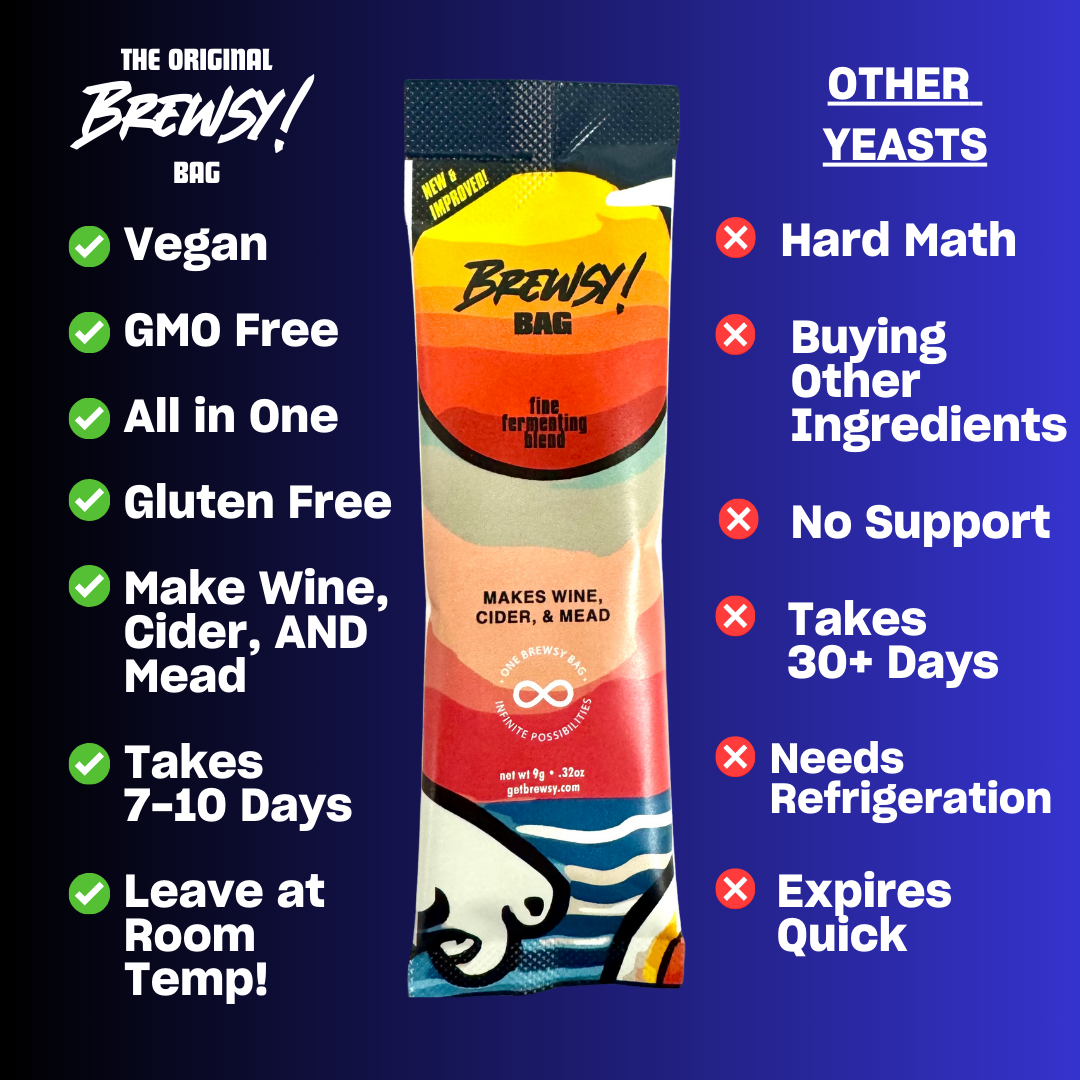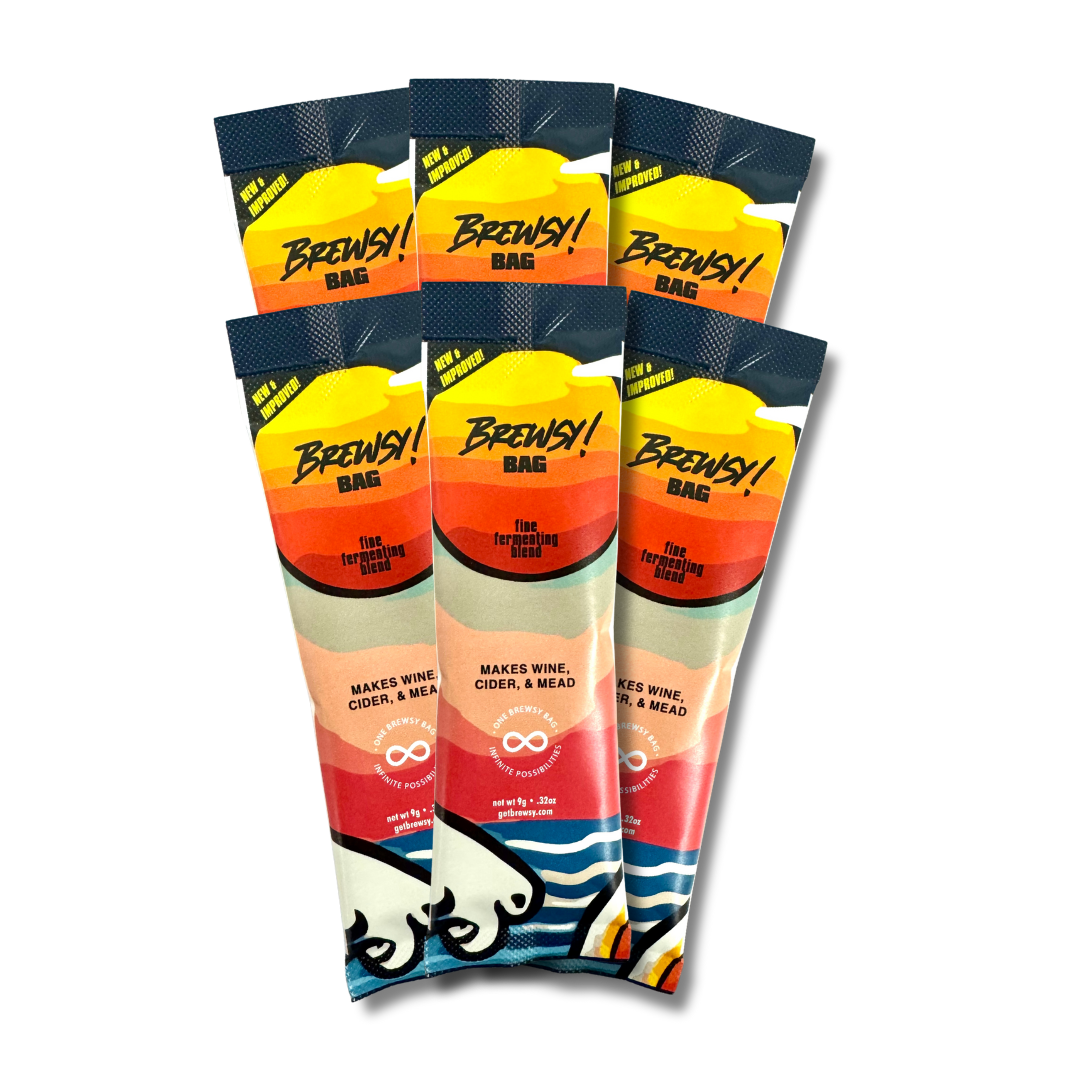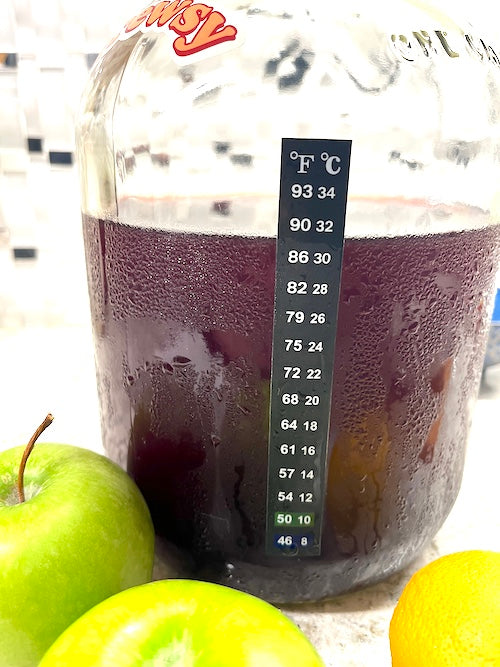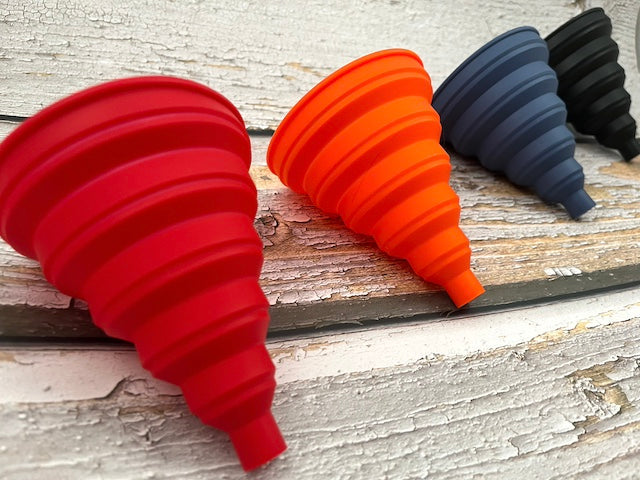
How to Make Cyser (Apple Mead)

How to Make Cyser
When you make cyser (apple mead), you're joining a tradition that's been around for centuries — mead was the drink of choice for vikings, and all kinds of honey wine is gaining in massive popularity today.
They didn't exactly make it with apple cider, but we've found that honey and apple cider go really well together to make a delicious apple-y modification of the classic mead!
It can be hard to find at the store, but luckily, it's super easy — and delicious! — to make your own cyser at home.
What is Cyser?
A cyser is an apple mead. Classic apple cider is made by fermenting sugar and apple cider together, but cyser is differentiated because it uses honey instead of sugar. So, if you can imagine the floral hints of honey (without all the sweetness), combined with apples — that's a bit what cyser tastes like.
After a week, you'll have a deliciously alcoholic (usually 10% to 12% ABV) honey wine on your hands!
It can be made with different types of honey, depending on the flavor you want to achieve. You can also infuse your cyser with fresh fruit, herbs, and spices (lavender-infused mead is pretty lovely) — so the possibilities are really up to you.
All the Equipment You’ll Need
First, you’ll need a glass gallon carboy — this is where you'll store your cyser while it ferments. If you don't have a glass carboy, any food-grade, sanitized gallon container will work.
You’ll also need an airlock and rubber stopper, which will make sure that carbonation can escape from your mead while it is fermenting, but also prevent anything bad from getting into your cyser. Make sure that the airlock is filled with water and that the stopper is inserted properly, forming a full seal on your gallon jug. You can grab all of this in a meadmaking starter kit.
Gathering Your Ingredients
Besides water and (optionally) a bit of your tea of choice for flavor, you'll also need honey! The type of honey you use will partially determine the flavor of your cyser. We recommend using a light honey, like clover or orange blossom — you'll be able to taste the delicate flavors of the honey in your wine.
Not all of us have apiaries near us, but if you can use local honey, that's awesome, too. We love supporting our local beekeepers.
In order to start the fermentation process, you’ll need a wine yeast. In this recipe, we use the brewsy bag, which is a combination of an industry-exclusive wine yeast, nutrients for healthy yeast, energizer for a quick and hearty fermentation, potassium bicarbonate (to reduce strong, acidic flavors), malolactic culture (to make your wine smoother) and bentonite (a clarifier for sparkling clear wine). It's the only way to ensure that you have a reliably strong and successful fermentation.
How Much Honey Should I Use?
In this recipe, you can choose exactly how sweet you'd like your cyser to be. We'll go over it in further detail later, but we recommend using between two and three pounds of honey per gallon of mead — 1 pound if you want it on the dryer side, and 2 pounds if you'd like it to be sweeter.

How to Make Cyser: Full Recipe
Okay, now let's get started!
Step 1: Preparation
First, heat up the honey and apple cider in a pot on the stove until the honey is completely dissolved.
Stir the honey and cider mixture well, and let it cool to about 90°F. Make sure it's not too hot — when it's time to add the yeast, you don't want to kill it! Yeast is a living organism, and can only survive at temperatures below 110°F.
Once the honey and cider mixture has cooled, add your wine yeast or brewsy bag.
Then, shake it all up! You'll want to shake it up for about 30 seconds — it's a good workout, too.
Step Two: Fermentation
Pour the mixture into your clean glass gallon carboy, and attach the airlock. Insert the stopper into the top of the gallon’s bottleneck, and fill the airlock with water.
Then, fermentation begins! Put your mead in a warm, dark place.
Your cyser will start to ferment within 24 to 48 hours, and will continue doing so for about a week (sometimes longer). You'll know it's done when the bubbling has slowed down significantly (fermentation creates carbon dioxide, which causes bubbling in the airlock).
The fermentation usually takes about 7 days, but your cyser might bubble as long as two weeks! That’s totally fine — the longer your cyser ferments, the more sugar your yeast are eating — and the dryer and more alcoholic your cyser will become.
When in doubt, taste-test your cyser for sweetness, and then go onto the next step when it tastes dry enough for your liking. If it still tastes too sweet, let it keep fermenting for several more days until it tastes more dry.
Step Three: Filtering Your Cyser
Once the bubbling has slowed down significantly, it's time to get rid of the lees (that's the sediment that has settled at the bottom of your carboy) and prep your cyser to be enjoyed!
We definitely don't want any yeasty particles in our drink, so we're going to get rid of them by first forcing any leftover yeasty bits to the bottom of the container.
A great way to do this it simply to pop your cyser in the fridge! Keep it in there for at least two days. The cold forces any leftover particles to fall to the bottom of your container.
After that, you'll need to filter (or 'rack') your mead. To do this, simply pour your cyser off of the lees (all that cloudy sediment that will show up at the bottom) at into another container.
Optionally, you might want to use a clarifying agent, which works on the molecular level to bind to small particles in your mead — particles that might lead to yeasty, bitter flavors. Every Brewsy kit comes with a clarifying agent to rid your wine of any off-flavors and make it sparkling clear.
Step Four: Bottling Your Mead
Many meadmakers believe that aging helps to bring out the subtle flavors in the honey, resulting in a more delicious final product. But some people prefer the bright flavor of young mead and find aging can result in too dry of a flavor profile. Ultimately, it's up you to decide whether you prefer younger mead or mead that's been aged!
We recommend having a glass now, and saving a few bottles for later (this recipe will yield 4 750mL regular-sized wine bottles). You can compare the taste of younger and aged meads, and see which one you like better!
If you fall into the latter category, bottling your mead with potassium sorbate and potassium metabisulfite will help preserve its flavor and appearance. Potassium sorbate prevents yeast from continuing to ferment, while potassium metabisulfite helps to prevent oxidation. Combined, these two additives can help your mead to stay fresh and delicious for months... or even years, if you're the patient type!
Otherwise, you can simply store your cyser in the fridge for delicious storage. It'll stay delicious for 3 to 5 years!
We hope you enjoy this recipe for basic cyser — be sure to experiment with different flavors and ingredients to find what works best for you. Don't be afraid to get creative, and happy brewing!


